Sarah Tarca and Sherine Youssef are beauty journalists and the creators of Australia’s first weekly beauty newsletter, gloss etc, where they serve up beauty truths, no BS reviews on products they’ve actually tried, and bully people into wearing sunscreen. Sign up here.
According to data entirely made up by us, there are approximately 7765 zillion beauty products on the market right now. And as beauty editors with a handful of decades as professional product-testers, we have tried a decent sum of those. But there is only one product – just the one – that every beauty editor will agree is essential to every person, irrespective of ethnicity, gender, genetics or preference in house cats: Sunscreen.
Way before sunscreen got a cute little makeover and made its TikTok debut, we’ve been busily banging down doors and being SPF bullies to anyone who’ll listen. To recap the take home notes: All other skincare is redundant if you don’t wear sunscreen. It’s the only true anti-ageing product because, get this, the sun is responsible for at least 80% of premature skin ageing. Also, it looks good on everyone and never takes a bad BeReal, like ever.
But sunscreen, for all its protective and magnificent glory, has also got a lot of haters and the Internet loves to spread a wild rumour (or 10) about it. So in the name of clearing shit up, we’re going to set the record straight on some SPF lies.
1. You don’t need to wear sunscreen in winter
Here’s the thing: We live in Australia, which has a big, fat ozone hole over it, and the highest rate of skin cancer in the world. The Cancer Council recommends we wear sunscreen when the UV index rises to three or above. In many states that happens even in winter, – and yes, even when it’s cold. So unless you’re checking the UV index daily, well, wear the sunscreen. Another fun thing about the sun: UVA rays (they’re the ones doing the photo damage) can penetrate though clouds, and they don’t fluctuate as much as their sister, UVB, so they can still hit you up in winter. So we’ll say it again: Just wear the sunscreen.
2. Wearing sunscreen causes vitamin D deficiency
This is… complicated. There’s no denying that we need vitamin D, or that we get vitamin D from UVB (the same rays that burn/cause melanoma, btw). But how much your body produces/needs depends on a lot of things including age, ethnicity, body weight, health, where we live, time of year (and more). There also just isn’t enough evidence on exactly how much vitamin D is needed, or the amount of UVB required to gain the recommended amount, or even how long you need to be exposed to get enough vitamin D. The topic is a minefield, but the footnotes, according to a paper published in the British Journal of Dermatology, is that no, sunscreen does not compromise vitamin D absorption mostly because there are some areas that are still exposed to the sun (like between the fingers, to name one), where the vitamin D can still penetrate.
That said, the Australian guidelines for sun exposure for vitamin D (created in 2016 by a bunch of professionals, including the Cancer Council, The Australasian College of Dermatologists, Osteoporosis Australia and the Australian and New Zealand Bone and Mineral Society) is this: When the UV index is above three (which it is most of the time), wear sun protection if you’re outside for more than a few minutes. If it’s under three (like it can be in winter) you can go outside without sun protection with some skin uncovered, preferably in the middle of the day (when UVB is highest) to get your vitamin D hit.
3. You can just slap and go
Bad news for the perpetually late (me!), but the reason isn’t what you think: You do get protection as soon as you apply sunscreen, but the instructions (remember those?) tell you to wait 20 minutes so there’s enough time for it to evenly spread across the skin and dry. The more even the “film,” the better the coverage. That’s also why you need to reapply often, because it gets incidentally rubbed/sweated/swam off.
4. Just a squirt will do
How big is your squirt? If you can’t answer that, that’s part of the problem. See, according to scientist, content creator, and author, Hannah English, sunscreen guidelines are based on 2mg per square centimetre of skin, which is how they get the SPF rating for sunscreen. That’s roughly 2.5ml for face, neck and ears, or a full teaspoon if you don’t have hair and are covering the scalp. The Cancer Council, on the other hand, recommends one teaspoon (5ml) for the face, neck and ears, or 35ml for the whole body. This is because they know we’re not in our bathrooms with our trusty measuring spoons, carefully weighing out each drop before we apply. We eyeball it, and the “one teaspoon” recommendation accounts for the fact that we’re probably not applying enough. With sunscreen, it’s always better to take the maximalist approach.
5. My foundation has sunscreen, so I’m all set
Cute, but no. It might be a nice bonus, but you’re not getting adequate protection if this is all you’re relying on. The reason is simple: No one is applying one teaspoon of foundation to their face every day, unless you’re… well, no. Just no one is doing this, sorry.
6. Sunscreen is all you need
Nope. Sorry, it’s not a free pass to go sun baking (does anyone still do that?).
Sunscreen is an essential piece of the sun-safe puzzle, but it’s only one piece. Some of you (hey Millenials!) probably grew up with the whole “Slip, Slop, Slap” ad rudely interrupting precious Neighbours (RIP) viewing — but the ad was right. Especially in summer, you need to wear protective clothing, a hat and sunglasses, seek shade and reapply frequently. Your future skin is already celebrating how wise you are.
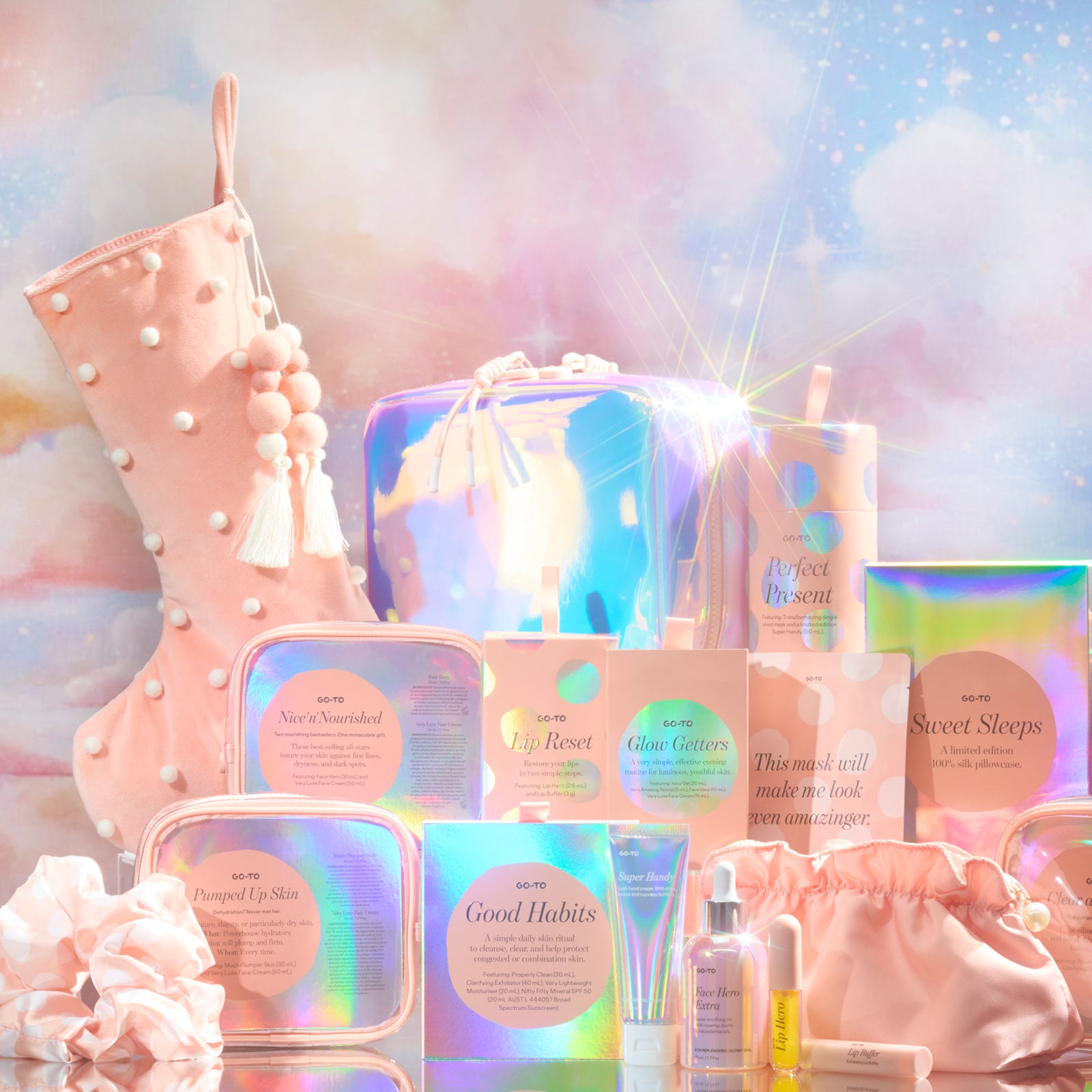



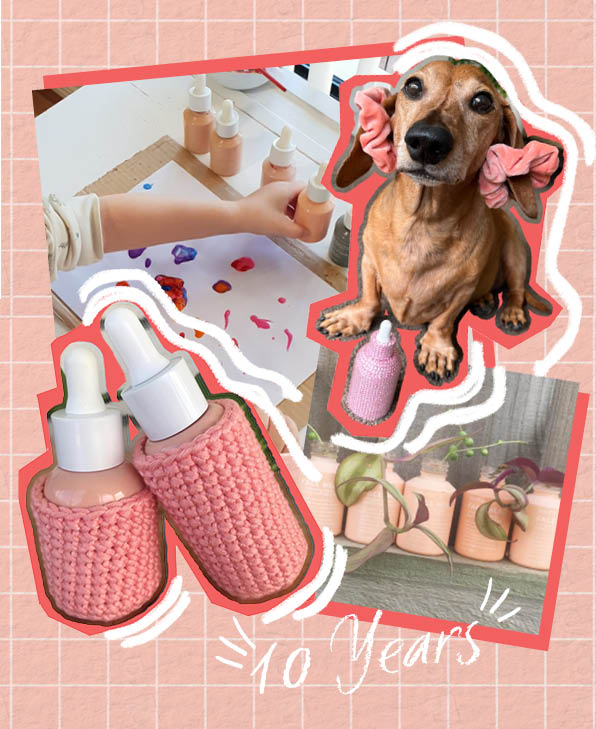

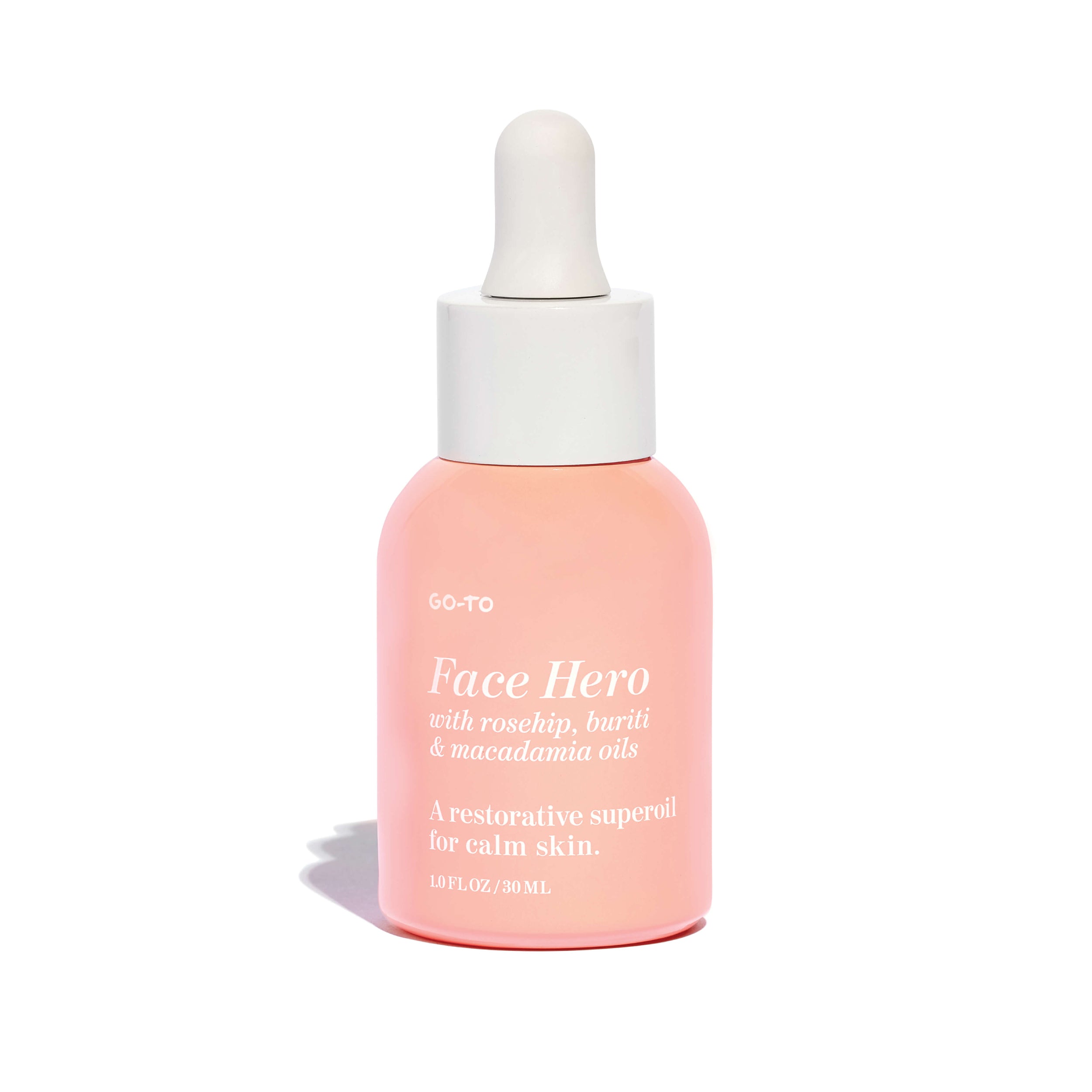


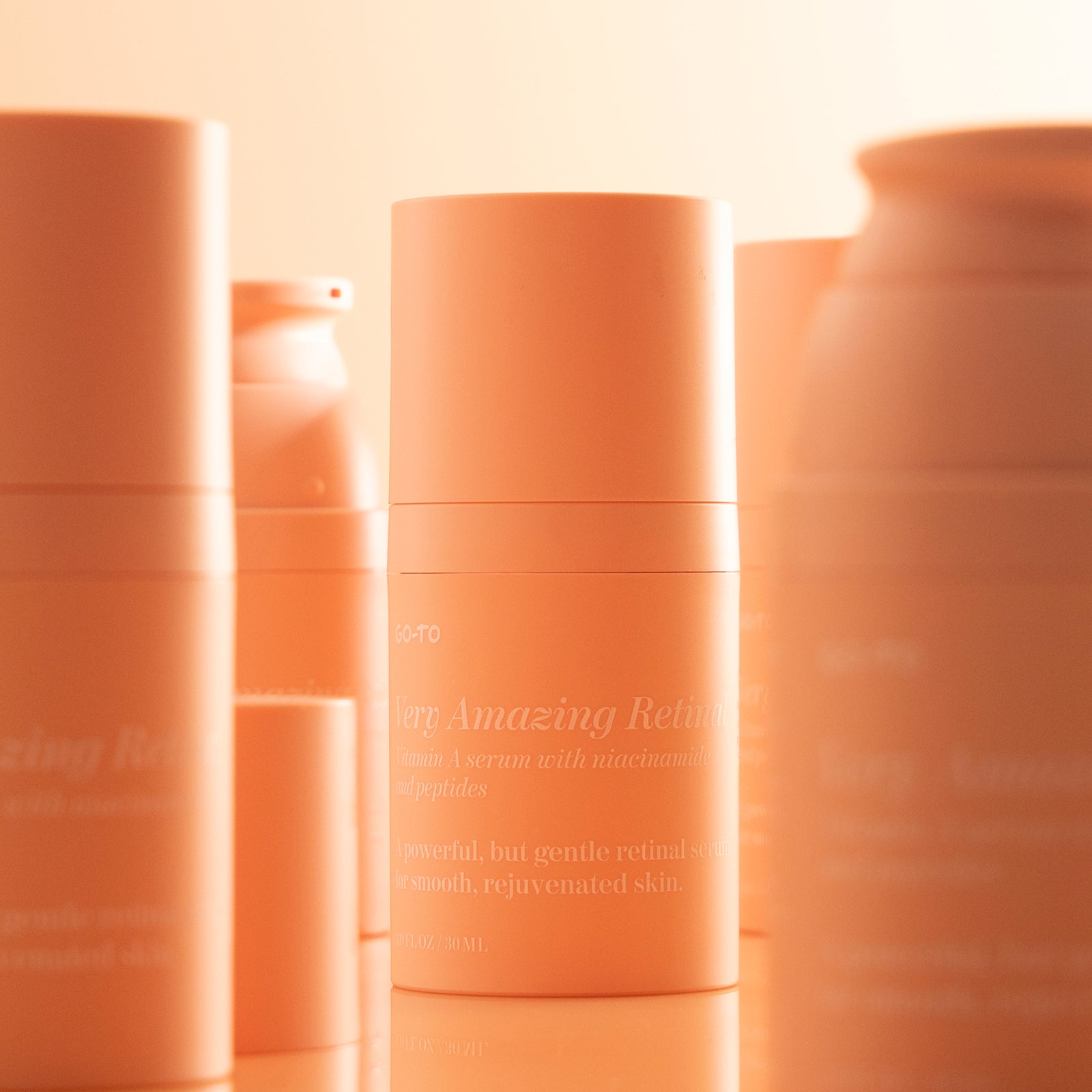
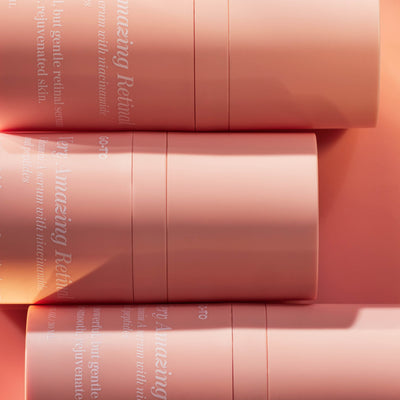


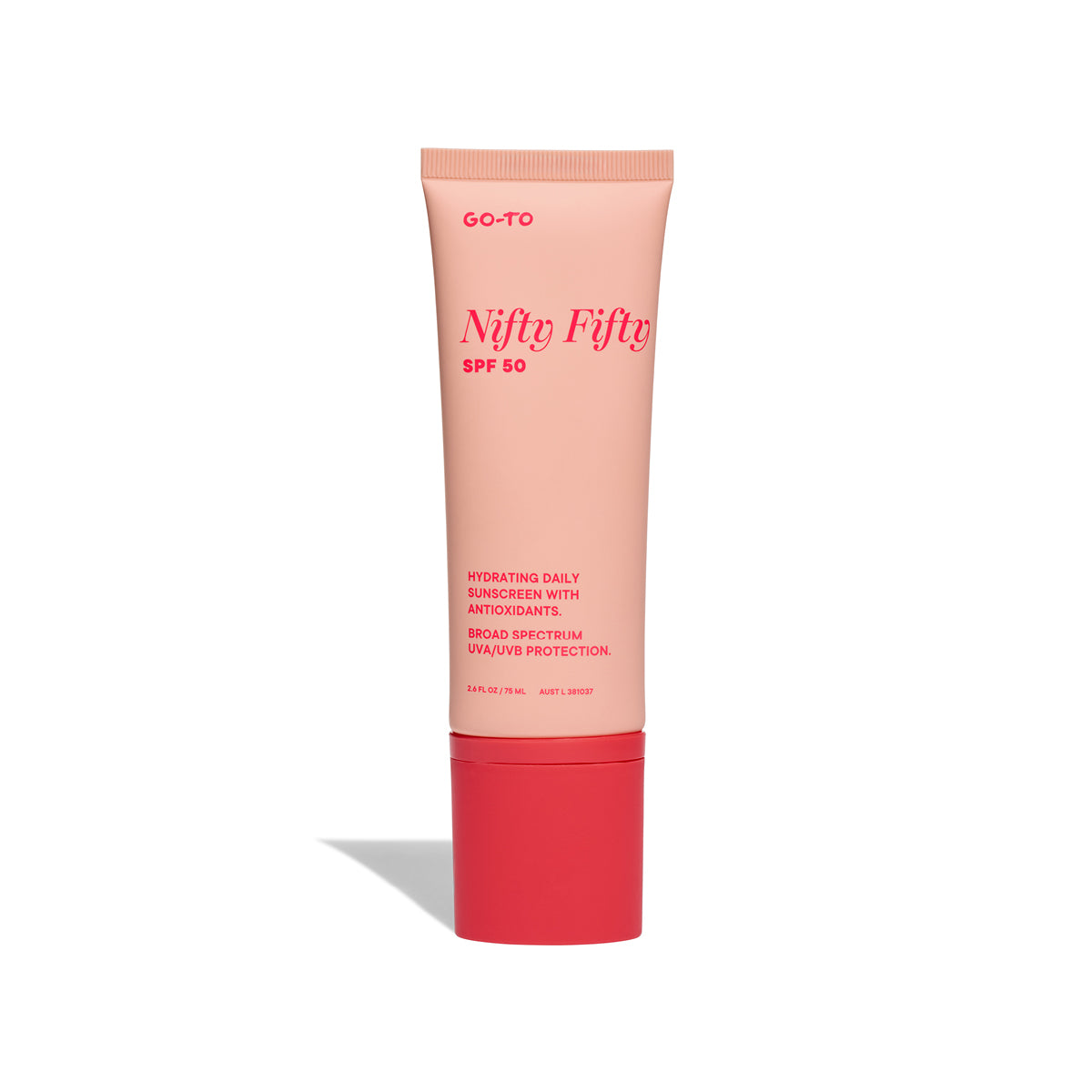
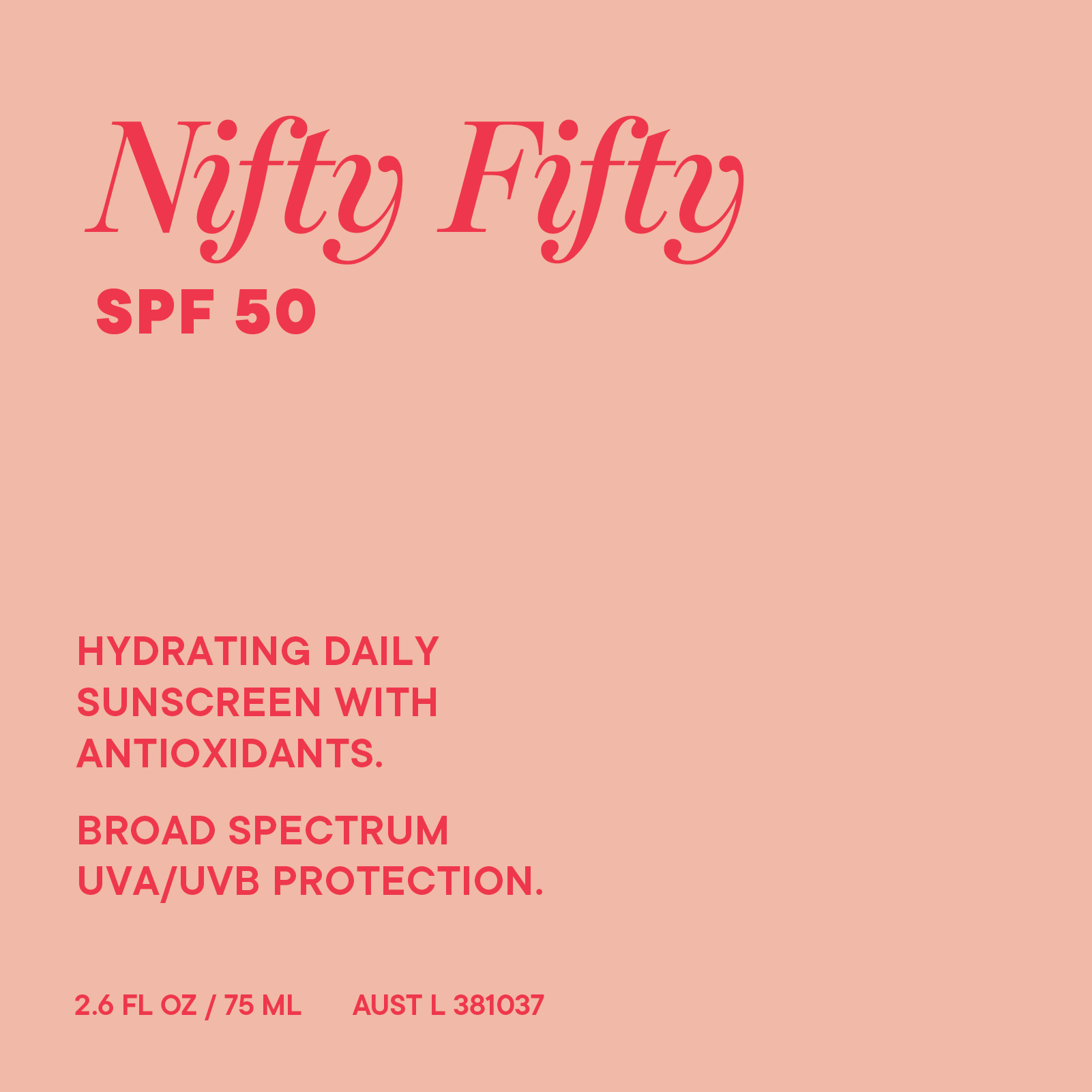
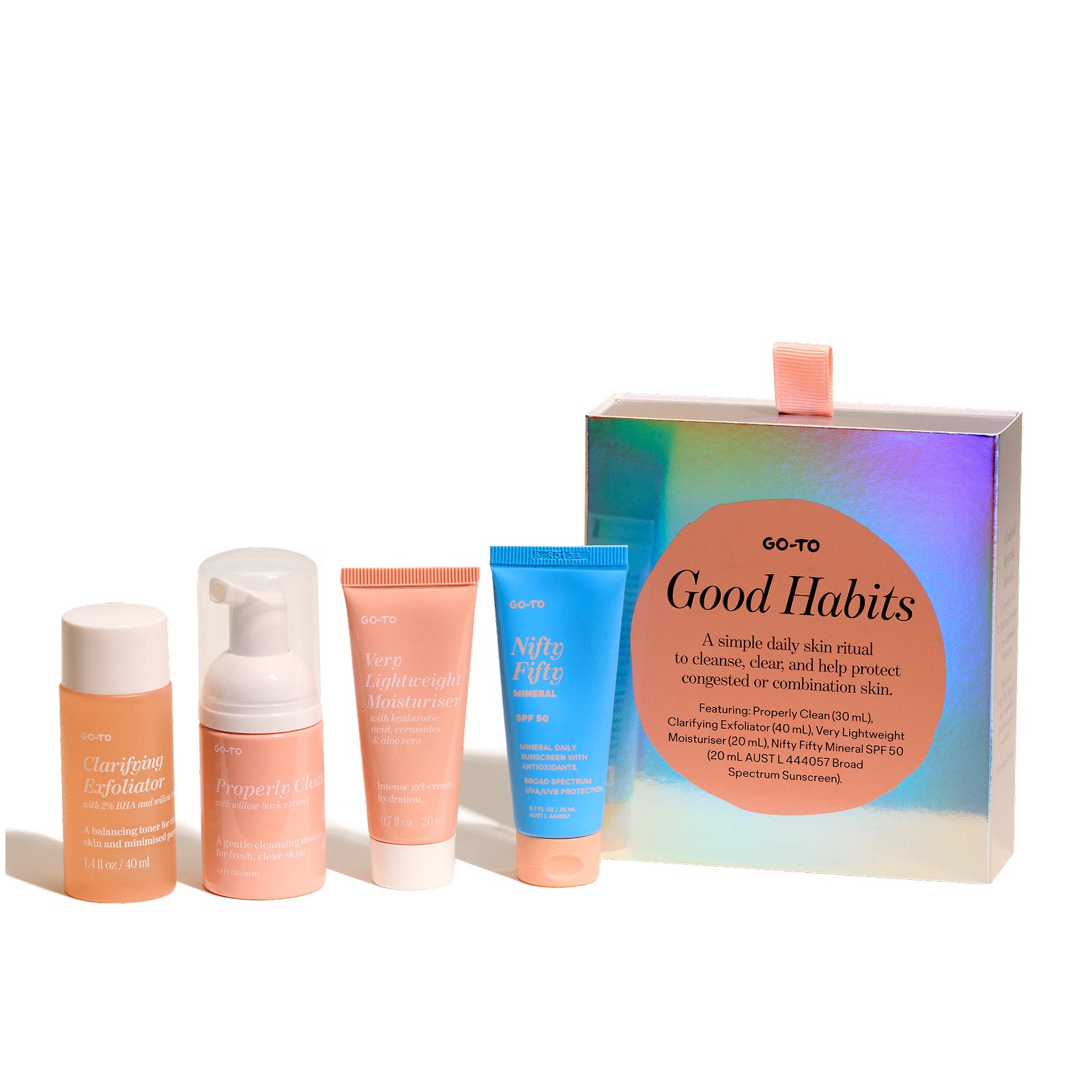
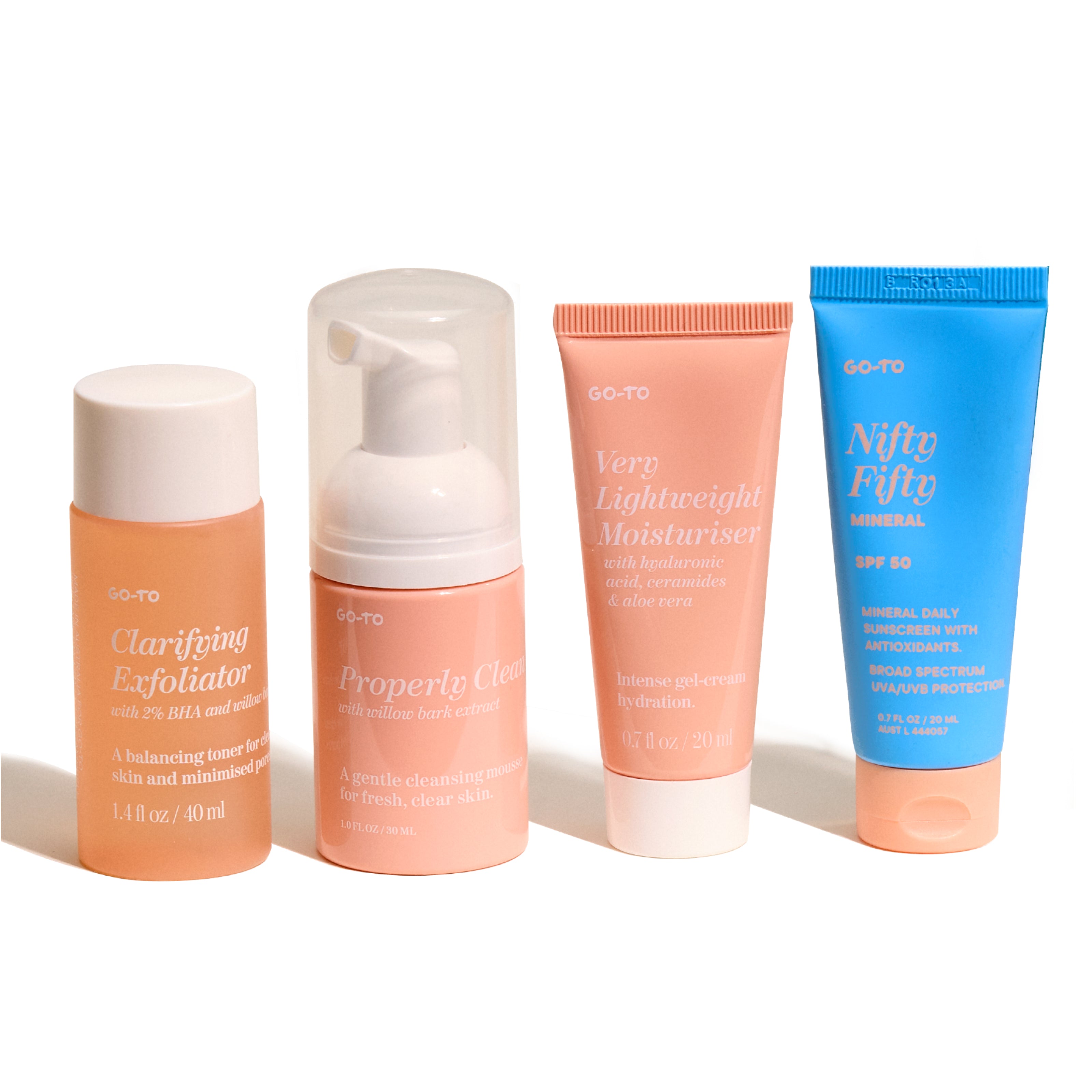
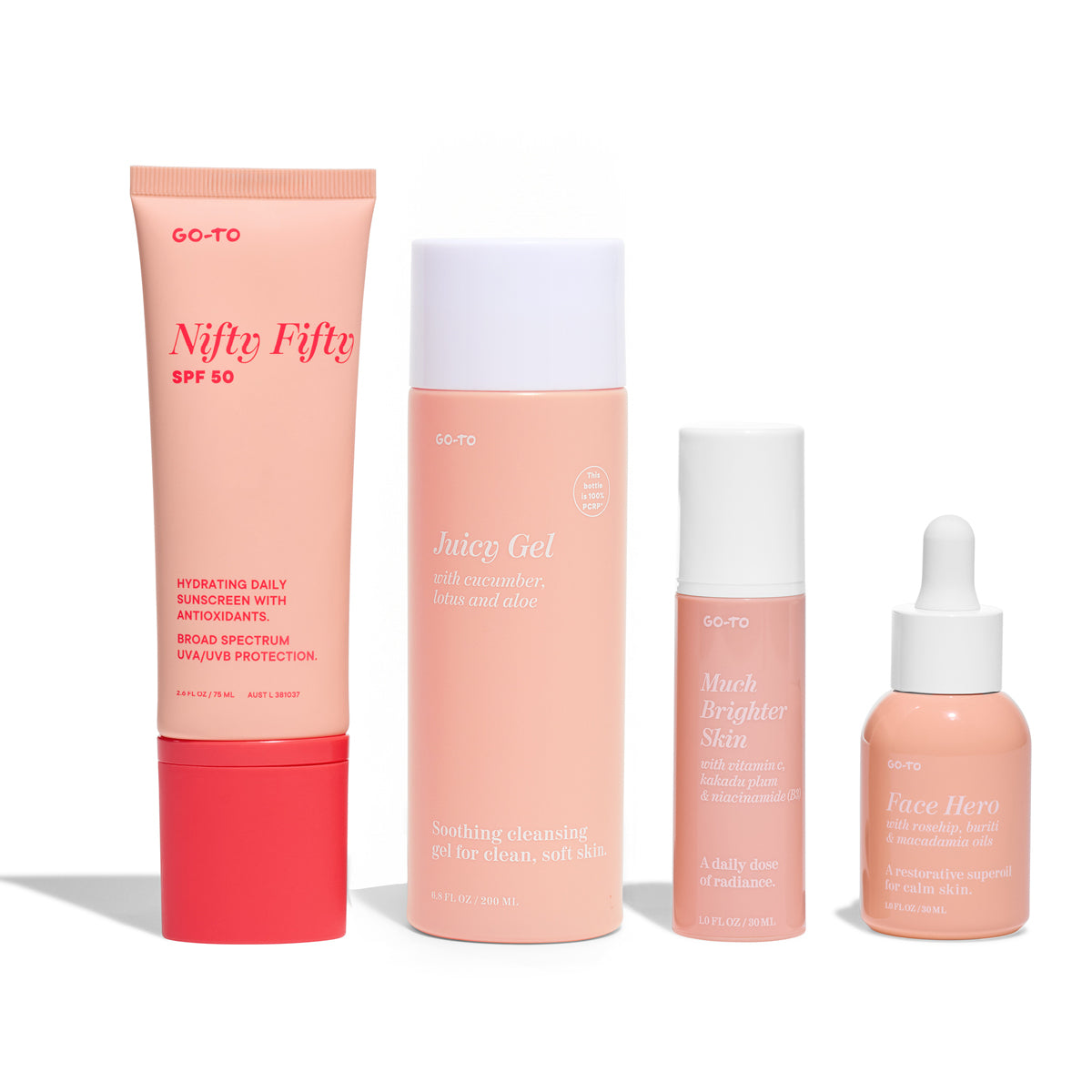
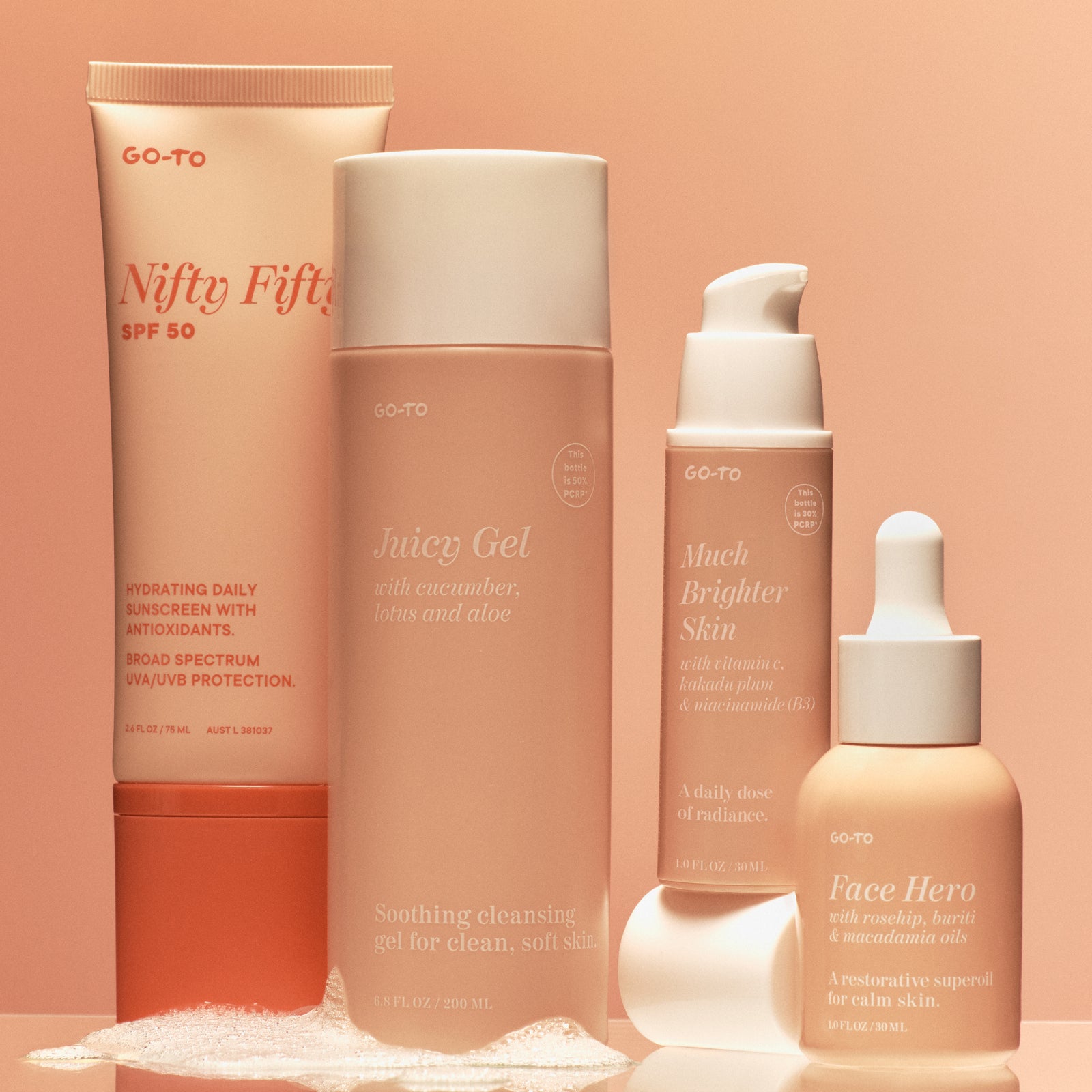

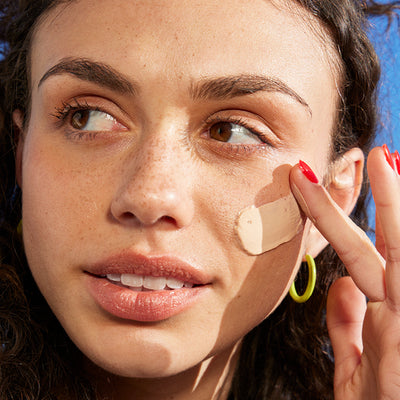
Comments